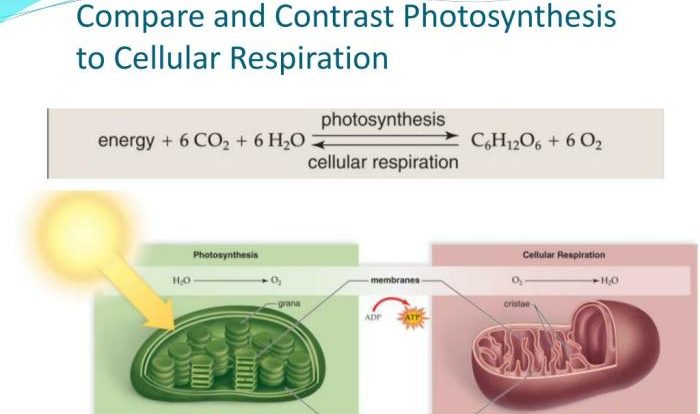Embark on a captivating journey into the realm of DNA replication with the Amoeba Sisters DNA Replication Answer Key. This comprehensive guide unravels the intricacies of DNA replication, providing a clear and engaging roadmap to understanding this fundamental biological process.
Through the lens of the Amoeba Sisters’ renowned educational videos, we delve into the key concepts of DNA replication, exploring the structure of DNA, the role of enzymes, and the meticulous steps involved in this essential cellular process.
1. Introduction

DNA replication is a fundamental process in cell division that ensures the accurate transmission of genetic information from one generation to the next. It is a complex and highly regulated process that involves multiple enzymes and proteins working together to produce two identical copies of the original DNA molecule.
The Amoeba sisters are a popular online resource for science education, known for their engaging and informative videos on various scientific topics. Their video on DNA replication is a valuable tool for students to learn about this essential process.
2. Key Concepts in DNA Replication
2.1 DNA Structure
DNA (deoxyribonucleic acid) is a double-stranded molecule that carries genetic information. It consists of four different nucleotides: adenine (A), thymine (T), cytosine (C), and guanine (G). The nucleotides are arranged in a specific sequence that determines the genetic code.
2.2 Enzymes in DNA Replication
Several enzymes play crucial roles in DNA replication. DNA polymerase is the primary enzyme responsible for synthesizing new DNA strands. It adds nucleotides to the growing DNA chain, following the base-pairing rules (A pairs with T, and C pairs with G).
2.3 Steps of DNA Replication
DNA replication occurs in three main steps:
- Initiation:Replication begins at specific sites on the DNA molecule called origins of replication. The enzyme helicase unwinds the DNA double helix, creating a replication bubble.
- Elongation:DNA polymerase binds to the unwound DNA and adds nucleotides to the growing DNA strands. Each new strand is synthesized in the 5′ to 3′ direction.
- Termination:Replication continues until the entire DNA molecule is copied. The newly synthesized DNA strands are then joined together by DNA ligase.
3. Amoeba Sisters Video
DNA Replication

The Amoeba sisters video on DNA replication provides a clear and concise overview of the process. It covers the key concepts discussed above, including the structure of DNA, the role of enzymes, and the steps involved in replication.
The video is well-animated and engaging, making it a valuable resource for students who are new to the topic. It also includes interactive quizzes and review questions to help students test their understanding.
Strengths:
- Clear and concise explanation of the key concepts
- Engaging and well-animated
- Includes interactive quizzes and review questions
Weaknesses:
- Does not go into great detail about the specific mechanisms involved in DNA replication
- May be too basic for students with a strong background in biology
4. Answer Key for Amoeba Sisters Video: Amoeba Sisters Dna Replication Answer Key
Questions:, Amoeba sisters dna replication answer key
- What is the name of the enzyme that synthesizes new DNA strands?
- What is the name of the sites where DNA replication begins?
- What is the direction of DNA synthesis?
- What is the name of the enzyme that joins the newly synthesized DNA strands together?
Answers:
- DNA polymerase
- Origins of replication
- 5′ to 3′
- DNA ligase
5. Additional Resources
Question Bank
What is the significance of DNA replication?
DNA replication is crucial for cell division, ensuring the accurate transmission of genetic information from one generation of cells to the next.
How do the Amoeba Sisters videos contribute to understanding DNA replication?
The Amoeba Sisters videos present complex scientific concepts in a relatable and engaging manner, making DNA replication accessible and understandable to a wide audience.
What are the key steps involved in DNA replication?
DNA replication involves three main steps: initiation, elongation, and termination, each with its specific enzymes and mechanisms.

